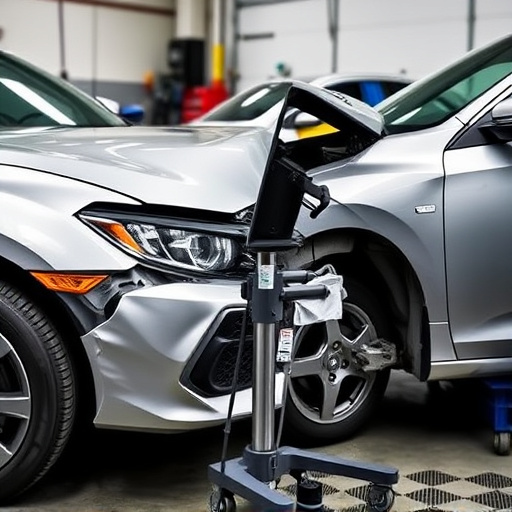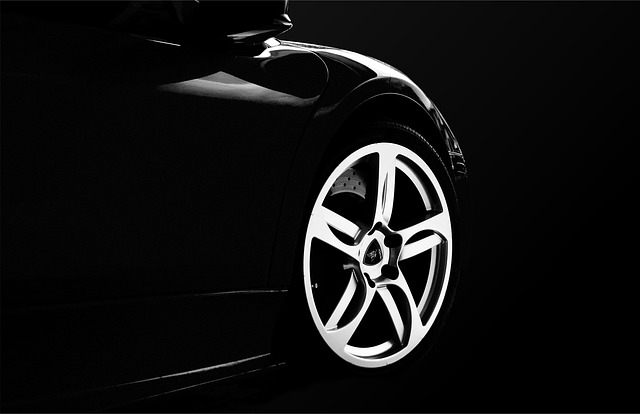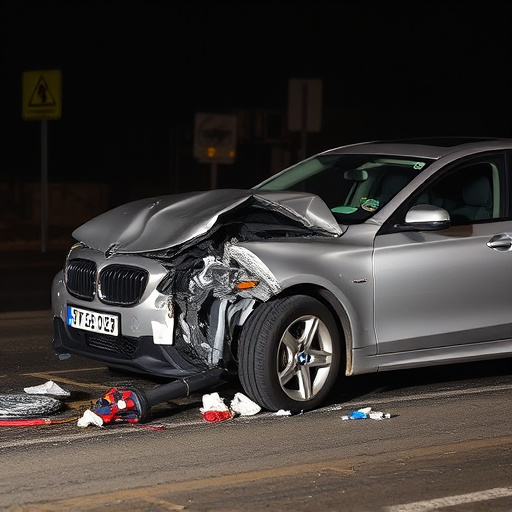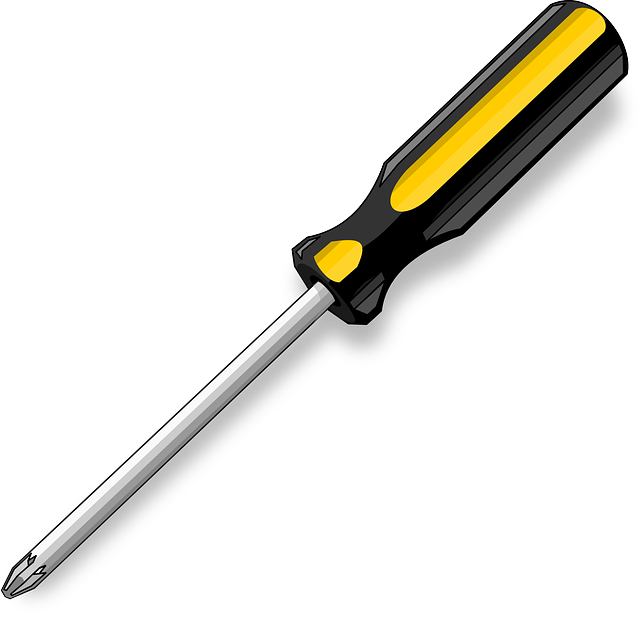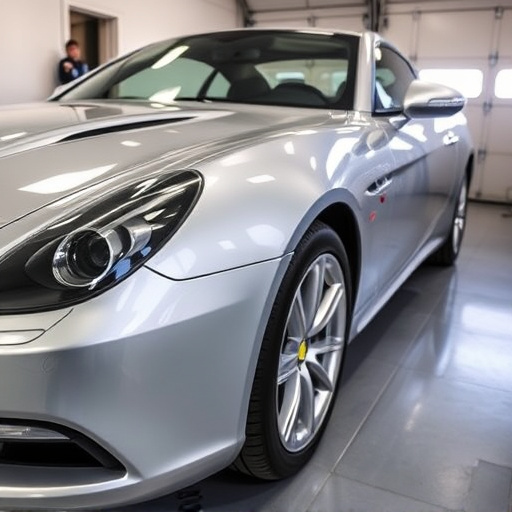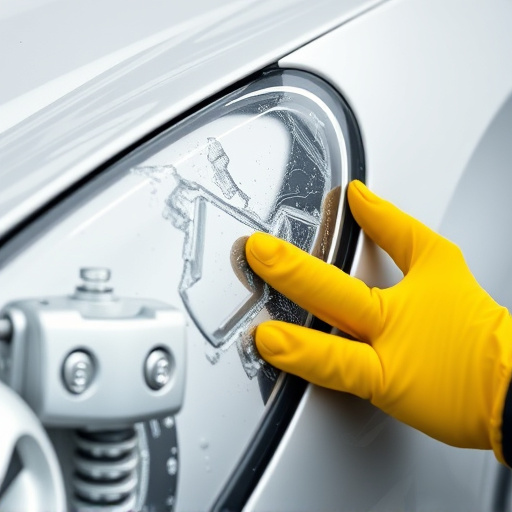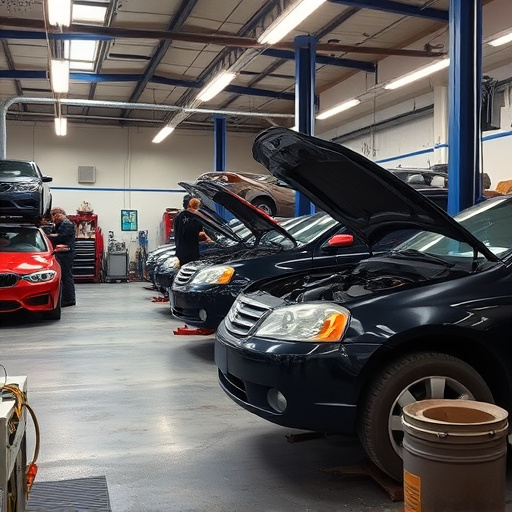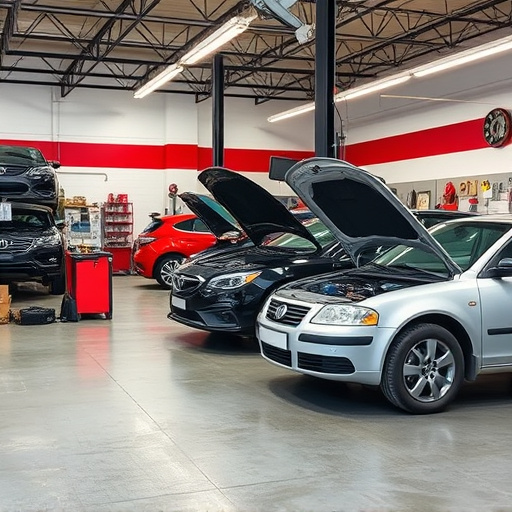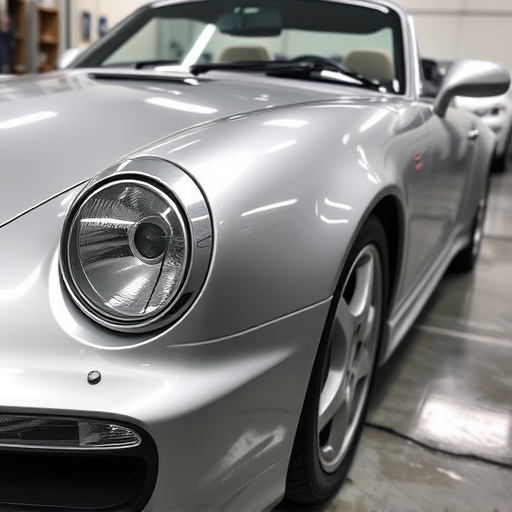Mercedes camera alignment is a meticulous process optimizing advanced driver-assistance systems (ADAS) through precise camera calibration matching vehicle geometry. It involves pre-calibration scans identifying deviations, followed by post-calibration checks for accurate positioning. Regular checks are recommended to ensure optimal performance, safety, and accurate paint repair after potential damage or collisions, adhering to stringent quality standards. This commitment to precision engineering enhances overall vehicle reliability, providing drivers with peace of mind on the road.
Mercedes camera alignment is a critical aspect of maintaining optimal vehicle safety and performance. This article delves into the intricacies of this process, focusing on pre- and post-calibration scans. Understanding these key steps—essential for ensuring accurate and consistent Mercedes camera alignment—is crucial for both professional mechanics and enthusiasts. By exploring pre-calibration’s role in data collection and post-calibration’s impact on sustained accuracy, you’ll gain valuable insights into enhancing your Mercedes’ advanced driver-assistance systems (ADAS).
- Understanding Mercedes Camera Alignment: The Basics
- Pre-Calibration Scans: What They Do and Why They Matter
- Post-Calibration Scans: Ensuring Accurate and Consistent Performance
Understanding Mercedes Camera Alignment: The Basics

Mercedes camera alignment is a precise process that ensures your vehicle’s cameras capture accurate and consistent images for advanced driver-assistance systems (ADAS). It involves calibrating the camera’s position and orientation to match the vehicle’s geometry, enabling features like lane keeping assist, adaptive cruise control, and 360° view systems. The process begins with a pre-calibration scan, where specialized equipment checks the camera’s performance against known reference points. This initial step identifies any deviations or discrepancies that might require adjustment.
Post-calibration scans follow to verify the camera alignment after any adjustments have been made. These scans ensure that the cameras are accurately positioned and aligned, providing clear and reliable images critical for safety features like collision avoidance systems. Regular camera alignment checks, recommended by manufacturers like Mercedes, are crucial for maintaining optimal vehicle performance, enhancing driver safety, and even supporting accurate vehicle paint repair and frame straightening processes in case of collisions or damage.
Pre-Calibration Scans: What They Do and Why They Matter

Mercedes camera alignment begins with pre-calibration scans that play a pivotal role in ensuring precision and accuracy. These initial scans serve as a baseline, meticulously mapping out the vehicle’s current camera positioning and any existing misalignments. This data is crucial for identifying potential issues before they lead to car damage repair or worse, during post-collision repairs. By addressing misalignments early, technicians can prevent further complications in vehicle body repair processes.
Moreover, pre-calibration scans enable a more effective and efficient Mercedes camera alignment process. The detailed maps generated provide a clear understanding of the camera’s relationship with other components, such as lights and sensors. This knowledge is indispensable for precise adjustments, ensuring that every modification contributes to optimal performance and safety without compromising on vehicle collision repair quality or aesthetics.
Post-Calibration Scans: Ensuring Accurate and Consistent Performance
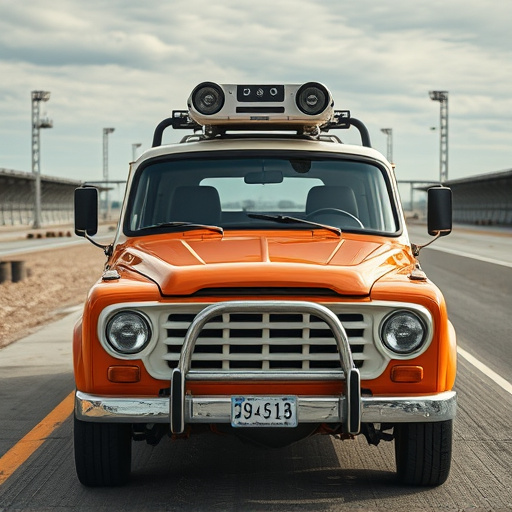
Post-Calibration Scans play a pivotal role in maintaining the accuracy and consistency of Mercedes camera alignment. Following the initial pre-calibration process, these scans serve as a quality control measure, meticulously examining every component of the system to ensure it meets the stringent standards set by Mercedes. By employing advanced diagnostic tools, any deviations or anomalies are swiftly identified, allowing for immediate corrections. This meticulous post-calibration step is crucial in securing optimal performance and ensuring that the camera alignment lives up to its reputation as a critical aspect of modern automotive safety systems.
Moreover, regular post-calibration scans contribute to the longevity of both the vehicle and the alignment process itself. They facilitate proactive monitoring, enabling car repair services and auto maintenance specialists to address potential issues before they escalate. This proactive approach not only extends the life of the camera alignment system but also enhances the overall reliability of the vehicle, providing drivers with peace of mind on the road. It’s a testament to Mercedes’ commitment to precision engineering and its impact on delivering top-notch car bodywork services.
Mercedes camera alignment is a critical process that ensures optimal vehicle performance and safety. By incorporating both pre- and post-calibration scans, Mercedes maintains a rigorous standard of accuracy. Pre-calibration scans identify potential issues before they impact driving dynamics, while post-calibration checks guarantee consistent and precise results. Understanding these steps is key to appreciating the advanced engineering that goes into keeping Mercedes vehicles at the forefront of automotive technology.



